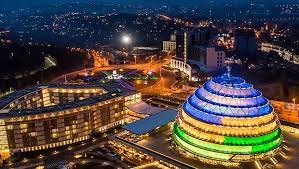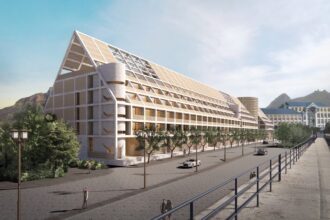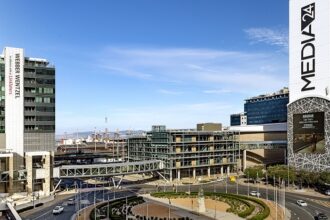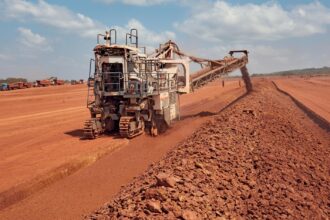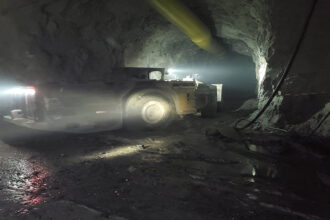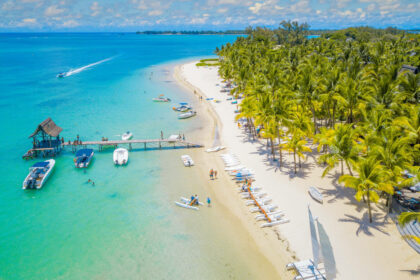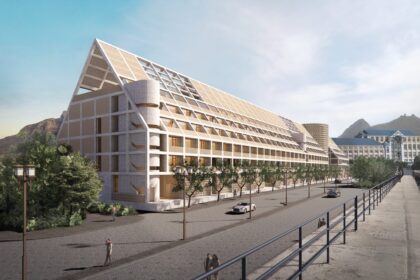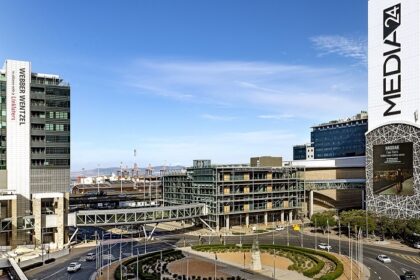At a Glance
- Africa accounts for 11 of the world’s 20 fastest-growing economies in 2024.
- Growth fueled by infrastructure, private consumption, diversification, and resource sector rebounds.
- Structural reforms and investment in human capital critical for sustaining long-term prosperity.
Africa is once again emerging as a focal point for global growth, with several nations posting some of the world’s fastest-expanding economies in 2024.
The African Development Bank (AfDB) projects that the continent will account for 11 of the 20 fastest-growing economies globally this year, underscoring the resilience of African markets despite global uncertainty.
The momentum is being fueled by a mix of infrastructure investments, rising private consumption, sectoral diversification, and in some cases, a rebound in resource exports.
Yet, sustaining growth will require deeper structural reforms, investment in human capital, and more inclusive policies.
Rising private consumption, infrastructure spending, and reforms are creating opportunities across multiple sectors.
Yet, vulnerabilities such as climate shocks, political instability, and fiscal imbalances present real risks.
For investors, the message is clear: Africa’s top-performing economies offer compelling opportunities, but navigating them requires an understanding of both growth potential and structural risks.
Sustained reforms, investment in human capital, and stronger institutions will determine whether this growth wave translates into long-term prosperity.
Below are Africa’s top 10 fastest-growing economies profiled by Shore Africa and the dynamics behind their expansion.
Africa’s growth story is increasingly diverse, no longer anchored solely on commodities.
1. South Sudan – 27.2%
South Sudan’s growth is being propelled by construction, mining, and telecommunications. Oil continues to play a role, but the government is increasingly emphasizing diversification. Persistent conflict risks and governance challenges remain key obstacles to stability.
2. Libya – 13.7%
After years of conflict, Libya is experiencing renewed momentum on the back of hydrocarbon production and exports. Oil remains the backbone of the economy, with revenues driving public spending. Yet, political instability, lack of diversification, and security concerns cloud the long-term outlook.
3. Senegal – 9.3%
Senegal is reaping the rewards of large-scale infrastructure projects, a growing tourism sector, and an expanding base in information technology and manufacturing. The rollout of offshore oil and gas projects is expected to further lift output. The government faces the challenge of ensuring that growth translates into job creation and equitable opportunities.
4. Sudan – 8.3%
Sudan rounds out the list with a projected 8.3 percent growth rate. Despite ongoing political unrest and the impact of conflict on key sectors, agriculture and trade are helping stabilize output. Gold production remains an important foreign exchange earner, while investment in basic infrastructure is critical for long-term resilience. The economy’s recovery hinges on peace and policy reforms, but its natural resources and strategic location position it for future growth.
5. Uganda – 7.5%
Uganda rounds out the top 12 with growth of 7.5 percent, underpinned by investment in oil projects, infrastructure, and services. The government is also expanding agricultural output and digital services to broaden the economy. Challenges include fiscal pressures and climate shocks, but the upcoming oil production is expected to reshape Uganda’s growth trajectory in the coming years.
6. Niger – 7.3%
Niger tops the list with a projected growth rate of 7.3 percent, fueled by investments in extractives, infrastructure, and services. The government is betting on oil projects and transport links to boost revenue, while efforts to expand trade routes are beginning to pay off. Political instability remains a concern, but the scale of infrastructure investment highlights Niger’s long-term potential.
7. Zambia – 6.6%
Zambia rounds out the top 13 with growth of 6.6 percent, supported by copper production, agriculture, and infrastructure investment. Recent debt restructuring has provided breathing space for fiscal reforms, while rising global demand for green metals positions Zambia as a strategic supplier. The challenge is to translate resource wealth into inclusive, broad-based growth.
8. Benin – 6.5%
Benin is harnessing agricultural productivity and infrastructure development to fuel its economy. Economic reforms have enhanced competitiveness and fiscal stability, helping attract investors. Nonetheless, Benin must contend with climate risks affecting its agricultural base and the need to broaden job opportunities.
9. Ethiopia – 6.5%
Despite recent political and economic turbulence, Ethiopia remains a powerhouse, thanks to public investment, industrialization, and agricultural modernization. Efforts to attract private investment in energy and telecom are also paying dividends. Inflation and external debt risks, however, remain pressing challenges.
10. Rwanda – 6.5%
Rwanda continues to be one of Africa’s star performers, anchored by rising private consumption and sustained investment. The country’s push for digital innovation and services-led growth is attracting foreign capital. While macroeconomic fundamentals remain strong, Rwanda faces the challenge of balancing rapid urbanization with rural development.

